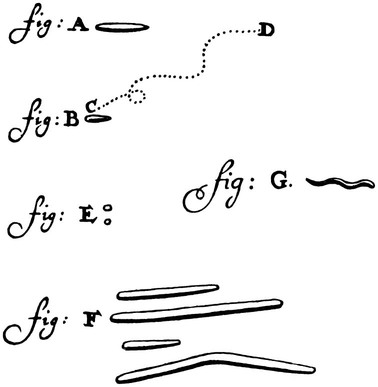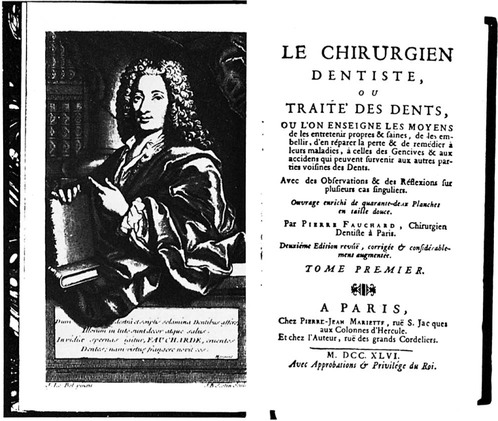Introduction
The Historical Background of Periodontology
Early Civilizations
Oral hygiene was practiced by the Sumerians, the Babylonians, and the Assyrians; this included gingival massage in combination with various herbal medications.25,33
Periodontal disease was the most common of all diseases found in the embalmed bodies of the ancient Egyptians.7,44 The Ebers papyrus contains many references to gingival disease and offers a number of prescriptions for strengthening the teeth and gums.14
The medical works of ancient India and China devote significant space to oral and periodontal problems and oral hygiene,47 and they describe gingival inflammations, periodontal abscesses, and gingival ulcerations.12,21 The early Hebrews also recognized the importance of oral hygiene. Many pathologic conditions of the teeth and their surrounding structures are described in the Talmudic writings.
The Classical World
Among the ancient Greeks, Hippocrates of Cos (460 bc-377 bc), the father of modern medicine, discussed the function and eruption of the teeth and the etiology of periodontal disease. He believed that inflammation of the gums could be caused by accumulations of “pituita” or calculus, with gingival hemorrhage occurring in cases of persistent splenic maladies.10,27
Among the Romans, Aulus Cornelius Celsus (25 bc-50 ad) referred to diseases that affect the soft parts of the mouth and their treatment, including oral hygiene. Paul of Aegina (625 ad-690 ad) wrote that tartar deposits must be removed with either scrapers or a small file and that the teeth should be carefully cleaned after the last meal of the day.41
The Middle Ages
The decline and fall of the Roman Empire that plunged Europe into an age of darkness was accompanied by the rise of Islam and the golden age of Arabic science and medicine. The Arabic treatises derived their information from Greek medical treatises, but many refinements and novel approaches were added, particularly in surgical specialties.45
Albucasis (936-1013) was born and lived in Moorish Spain. His 30-volume medical encyclopedia, called al-Tasrif, was translated into Latin during the twelfth century, and it was the medical text used in European universities until the seventeenth century. The contributions of Albucasis to dentistry and periodontology were outstanding achievements.1 He had a clear understanding of the major etiologic role of calculus deposits, and he described the techniques of scaling the teeth with the use of a set of instruments that he developed (Figure I-1), splinting loose teeth with gold wire, and filing gross occlusal abnormalities.
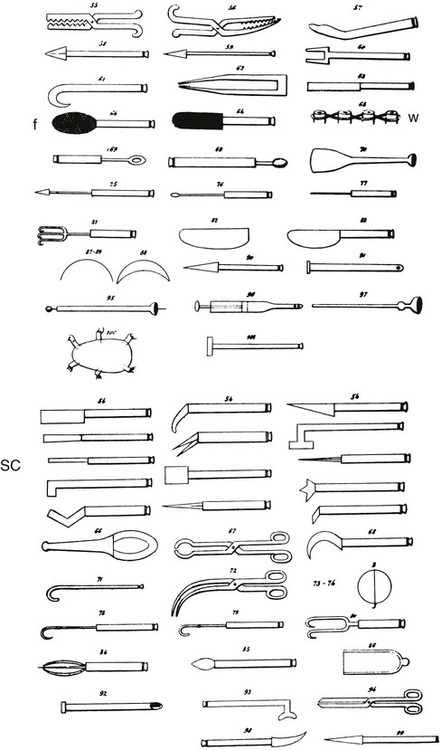
Avicenna (980-1037) was possibly the greatest of the Arabic physicians. His Canon, a comprehensive treatise on medicine, was in continuous use for almost 600 years. Avicenna used an extensive “materia medica” for oral and periodontal diseases and rarely resorted to surgery.3
The Renaissance
Albucasis’ work was expanded during the fifteenth century by the Turkish author Serefeddin Sabuncuoglu (1385-1468), who included illustrations of the surgical removal of hypertrophic and swollen gingiva and lingual frenum (Figure I-2). Drug treatment should be initiated if there are swollen gums, mobile teeth, and pus formation. If there is no response, surgical treatment should be performed. A tube is placed on the gums. A hot cautery is inserted into the cannula, and the gingival tissue is cauterized. If this is correctly applied, the adjacent teeth will be warm.
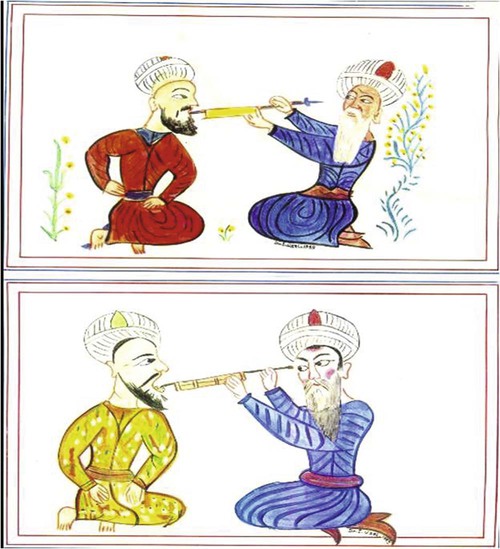
Paracelsus (1493-1541) developed an interesting and unusual theory of disease: the doctrine of calculus. Paracelsus recognized the extensive formation of tartar on the teeth and related this to toothache. He considered toothache to be comparable to the pain produced by calculus in other organs, such as the kidneys.39
Andreas Vesalius (1514-1564), who was born in Brussels, taught at the University of Padua and wrote a magnificent book about anatomy that included many excellent illustrations.48 Bartholomeus Eustachius (1520-1574) of Rome was another outstanding anatomist who wrote a small book about dentistry, Libellus de Dentibus (“A Little Treatise on the Teeth”), which contained 30 chapters.16 This was the first original book about the teeth, and it included a description of the periodontal tissues as well as information about the diseases of the mouth, their treatment modalities, and the rationale for treatment. For the treatment of periodontitis, Eustachius recommended both the scaling of calculus and the curettage of granulation tissue so that actual reattachment of the gingival and periodontal tissues could take place.
The Frenchman Ambroise Paré (1509-1590) was the outstanding surgeon of the Renaissance, and his contributions to dental surgery included gingivectomy for hyperplastic gingival tissues.40 He also understood the etiologic significance of calculus and used a set of scalers to remove the hard deposits on the teeth.
The first book in the common language of German and specifically devoted to dental practice, which was entitled Artzney Buchlein or Zene Artzney (“Medicine of the Teeth”), was published in Leipzig in 1530.2 It contains three chapters devoted to periodontal problems, including a crude concept of systemic and local factors in the etiology of periodontal disease. The presence of local infective agents or “worms” is also mentioned.
The Italian physician, mathematician, and philosopher Girolamo Cardano (1501-1576) appears to have been the first to differentiate among the types of periodontal disease. In a publication dated 1562, he mentions one type of disease that occurs with advancing age and leads to progressive loosening and loss of teeth as well as a second very aggressive type that occurs in younger patients.26 It was not until late in the twentieth century that this classification was rediscovered and became widely accepted.
Anton van Leeuwenhoek (1632-1723) of Delft, Holland, was a layman, but he had an inquisitive mind and a hobby of grinding lenses that allowed him to develop the microscope. He used it to discover microorganisms, cellular structure, blood cells, sperm, and various other microscopic structures, including the tubular structure of dentin.9,13 Using material from his own mouth, Leeuwenhoek first described oral bacterial flora, and his drawings offered a reasonably good presentation of oral spirochetes and bacilli (Figure I-3). He even performed antiplaque experiments involving the use of strong vinegar in his own mouth and in vitro on bacteria in a dish.13
The Eighteenth Century
Modern dentistry essentially developed in eighteenth century Europe, particularly France and England. Pierre Fauchard, who was born in Brittany in 1678, is rightly regarded as the father of the dental profession as we know it. His book, The Surgeon Dentist, which was published in 1728, covered all aspects of dental practice, including restorative dentistry, prosthodontics, oral surgery, periodontics, and orthodontics17 (Figure I-4). Fauchard described in detail his periodontal instruments and the scaling technique for using them (Figure I-5).

John Hunter (1728-1793), who was the most distinguished anatomist, surgeon, and pathologist of eighteenth-century England, wrote an excellent treatise on dentistry entitled The Natural History of the Human Teeth.30 He offered remarkably clear illustrations of the anatomy of the teeth and their supporting structures, and he described the features of periodontal diseases.
A contemporary of Hunter, Thomas Berdmore (1740-1785), was considered the outstanding dentist in England. In 1770, he published a book that had several chapters devoted to periodontal problems.4
The Nineteenth Century
Leonard Koecker (1785-1850) was a German-born dentist who practiced in Baltimore. In a paper in 1821, he mentioned the careful removal of tartar and the need for oral hygiene by the patient, recommending that it be performed in the morning and after every meal with the use of an astringent powder and a toothbrush, with care taken to place “the bristles … into the spaces of the teeth.” Koecker was an early advocate of the “odontogenic focal infection” theory, and he recommended the extraction of all severely involved teeth and roots, including all unopposed molars, to prevent systemic infections.35
Levi Spear Parmly (1790-1859) was a New Orleans, Louisiana, dentist who is considered the father of oral hygiene and the inventor of dental floss.11,18
During the mid-nineteenth century, John W. Riggs (1811-1885) was the leading authority on periodontal disease and its treatment in the United States; in fact, at the time, periodontitis was known as “Riggs’ disease” (Figure I-6). Riggs graduated from the Baltimore College of Dental Surgery in 1854 and practiced in Hartford, Connecticut, where he died on November 11, 1885. Riggs seems to have been the first individual to limit his practice to periodontics and therefore can be considered the first specialist in this field. Riggs’ publications, however, are limited. In an 1876 paper, Riggs was a strong proponent of the so-called conservative approach to periodontal therapy; he developed the concept of oral prophylaxis and prevention, advocated for the cleanliness of the mouth, and opposed surgery, which at the time consisted of gingival resection.43
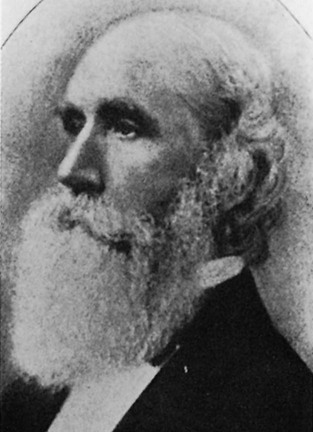
Riggs and his disciples had great influence on the dental profession. Among Riggs’ followers were L. Taylor, D.D. Smith, R.B. Adair, and W.J. Younger. The instruments designed by Younger57 and later modified by his student Robert Good were used widely until well beyond the middle of the twentieth century.
Several major developments in medical science occurred during the second half of the nineteenth century and started the era that can be called modern medicine, which includes dentistry.9,36 The first was the discovery of anesthesia by Horace Wells (1813-1848) of Hartford, Connecticut/>
Stay updated, free dental videos. Join our Telegram channel

VIDEdental - Online dental courses


